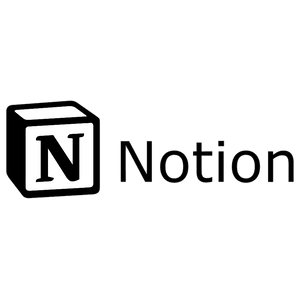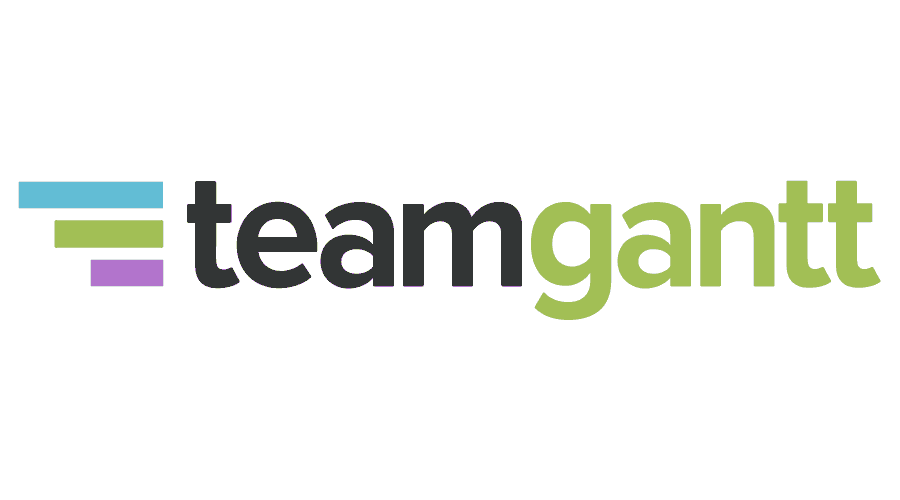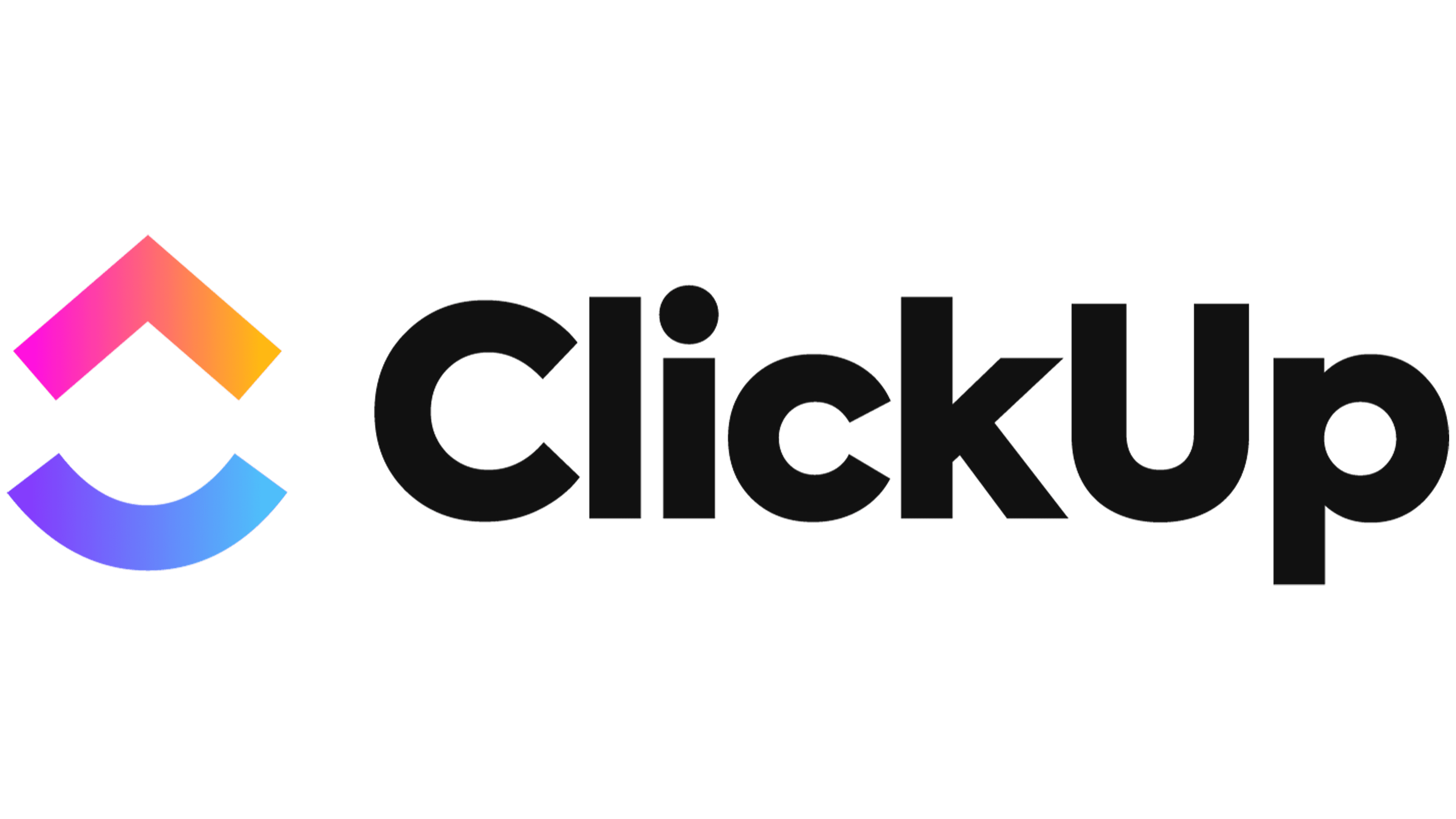Effective Communication in Startup Environments: 20 Tips from Leaders
To help startups foster clear and open communication, we posed a question to founders and CEOs, gathering twenty insightful responses. From setting SMART quarterly objectives to establishing a clear communication plan, these leaders share their most effective communication practices and tools. Dive into their valuable tips and examples to enhance communication in your startup environment.
- Set SMART Quarterly Objectives
- Embrace Notion for Enhanced Communication
- Efficiently Manage Communication Channels
- Promote Open Communication with Collaborative Tools
- Use Microsoft Planner for Task Management
- Harness Airtable for Enhanced Collaboration
- Cultivate a Healthy Q&A Environment
- Balance One-on-One Sessions and Team Meetings
- Initiate Open-Door Virtual Sessions
- Foster Clear Asynchronous Communication
- Implement “Talk to Me” Profiles
- Schedule Regular “Office Hours”
- Centralize Dialogue with Slack
- Improve Communication with Bi-Weekly Stand-Ups
- Leverage Stand-Up Meetings and Asana
- Optimize Communication with Data Visualization
- Review Performance with Google Workspace
- Enhance Understanding Through Video
- Combine Slack Huddles and Notion Pages
- Establish a Clear Communication Plan
$10K Verizon Grants and Other Free Benefits for Entrepreneurs
Set SMART Quarterly Objectives
One transformative communication practice in our startup has been setting SMART quarterly objectives. Aligning the team with clear targets that they approve helps to ensure everyone is in sync and connected.
Not only does this provide direction, it also means all of our communication is rooted in the collective vision and business goals. This approach has made our interactions more purpose-driven, ensuring that every conversation moves us closer to our objectives and keeps the team connected and valued.
The text provided was already in excellent shape, adhering to American punctuation, grammar, and capitalization rules. There were no “I” statements to preserve, and no need for additional hyphenation. Therefore, no changes were necessary.
Ajay Mistry, Founder, Gambit Partners
Embrace Notion for Enhanced Communication
Embracing Notion has revolutionized our startup’s communication and operational dynamics, significantly enhancing our scalability and productivity. It serves as a centralized hub for our team to easily access information and ongoing progress updates, and allows us to deliver exceptional customer service.
Notion’s features, including knowledge bases, task management via Kanban boards, project wikis, and collaborative functionalities like real-time editing and document sharing, have been pivotal in helping us foster a transparent, inclusive, and efficient communication culture across our entire organization.
My tip to other leaders would be to leverage all-encompassing tools like Notion to centralize information, facilitate collaborative planning, and ensure every voice is heard and valued within the team.
Ralph Quintero, Co-Founder, Purple Horizons
Your wiki, docs, & projects. Together.
Notion is the connected workspace where better, faster work happens. Now with AI.
Efficiently Manage Communication Channels
We prioritize efficient communication by assigning dedicated individuals to oversee specific communication channels and themes, which are organized into designated buckets like project management, design, engineering, customer service, and employee community.
We utilize a combination of regular team meetings, electronic memos, and a single collaborative project management tool—Trello. We also stick to only one instant messaging platform, Slack, all coordinated by a designated communication lead. Less is definitely more.
This approach ensures that all communication channels are effectively managed, keeping everyone well-informed and aligned, while avoiding the confusion that can arise from multiple disconnected threads.
We do hold traditional all-hands meetings twice a month to ensure we’re not all lost down the tech comms hole and to see other people in person, where sometimes the best communication and work relationships are enhanced.
Jack Vivian, Chief Technology Officer, Increditools
Promote Open Communication with Collaborative Tools
As the CEO of Planly, a social media management software, I can say that at our startup, we employ several practices and tools to promote clear and open communication.
Firstly, we regularly conduct both daily and weekly team meetings to share updates, discuss challenges, and align on goals. Also, we rely on collaborative tools like Monday and Google Workspace to facilitate project tracking and document sharing. Lastly, we’ve cultivated a feedback culture, encompassing performance reviews, peer feedback sessions, and anonymous surveys.
An exemplary practice is our virtual suggestion box, where employees can anonymously submit their ideas or concerns about company policies and processes. Periodically, we review and address these submissions in team meetings to gather input on company policies and processes. These practices ensure that every team member feels heard and valued, contributing to our innovative and cohesive work environment.
Sakhavat Ismayılov, Founder, Planly
Get a top-rated gantt chart for free, forever.
Discover why companies like Amazon, Netflix, Nike, and Intuit manage their projects with TeamGantt.
Use Microsoft Planner for Task Management
We use Microsoft Planner to manage ongoing tasks at Parallel Project Training and ensure that all communication is clear and open. MS Planner ensures the whole team knows which tasks need doing and which are in progress. We can set priorities and assign tasks to different team members, who are notified by email when a task is assigned to them because it’s connected across all our MS/365 apps.
Team members also receive notifications if someone changes or comments on one of their tasks. It’s a fairly simple and intuitive tool to use. It’s based on a Kanban framework, so it is designed to promote open communication via the visual representation of the status of every task at all times to every team member.
Using MS Planner makes the team more efficient because tasks don’t get forgotten. However, we do regularly meet face-to-face to ensure there’s an opportunity to address any issues and seek clarity on tasks. No matter how good the tool is, it’s not a substitute for face-to-face conversations.
Paul Naybour, Business Development Director, Parallel Project Training
Harness Airtable for Enhanced Collaboration
We’ve harnessed the power of Airtable in our startup to enhance communication and collaboration. Its flexible database structure allows us to track projects, manage resources, and collate feedback.
A practice we swear by is the Airtable Feedback Loop. Whenever a project reaches a milestone, we have a dedicated view where stakeholders can leave their feedback and rank priorities. This structured yet open approach ensures that everyone has a say in the direction we’re taking and promotes a culture where all perspectives are valued and considered.
Eric Lam, Founder, Exploding Ideas
Cultivate a Healthy Q&A Environment
A great communication practice that I found most effective when I helped start up Hunter Super Techs was to promote a healthy question-and-answer environment for all employees!
What does this mean exactly? It’s essentially letting all your employees know that if they are ever stuck on a project or are in need of assistance with a difficult task, they should always ask for help first. No one should feel like they’re bothering their coworkers when asking, or that no one has time to help them with difficult tasks.
Every employee should have a sense of confidence and safety to walk over to, or message, their fellow coworkers or boss for help. Start-ups especially need an incredibly strong team effort and strong communication, so it’s important to let your team know that you and your employees have their back.
Chris Hunter, Director of Customer Relations, ServiceTitan
Balance One-on-One Sessions and Team Meetings
In our company, structured communication has been paramount to our success. We’ve found a harmonious blend of one-on-one sessions and broader team meetings to be most effective. The one-on-ones address individual needs, ensuring everyone’s aligned and feels personally supported.
On the other hand, our regular team huddles and company-wide sessions foster collective understanding and goal alignment. A pro tip we’ve embraced? Periodically soliciting feedback on our communication practices. This ensures we’re constantly evolving and addressing any gaps, promoting an environment where clarity and open dialogue thrive.
Alex Stasiak, CEO and Founder, Startup House
Initiate Open-Door Virtual Sessions
One practice that has notably enhanced our communication is the initiation of “Open-Door Virtual Sessions.” Open to all team members, these sessions create a space where ideas and feedback can be shared directly with the leadership, ensuring every voice is valued.
A particular instance that stands out is when a team member highlighted a potential usability issue during product development. This feedback, rooted in genuine user experience, was integrated into our development and significantly improved our product’s user-friendliness. This approach has bridged communication gaps, ensuring every team member feels seen and heard, nurturing a collaborative and innovative startup environment.
Khurram Mir, Founder and Chief Marketing Officer, Kualitee
Foster Clear Asynchronous Communication
At EchoGlobal, we’ve embraced a blend of synchronous and asynchronous communication tools to cater to our dynamic startup landscape. Our affinity towards platforms like Slack has not only expedited real-time brainstorming but also fostered a culture where every idea is welcomed, irrespective of its origin.
Furthermore, we’ve cultivated an environment that thrives on the principles of Radical Candor—encouraging all team members to challenge directly yet care personally. One initiative we’re particularly proud of is our periodic “Transparent Talks,” wherein every department presents an unfiltered view of its challenges and accomplishments. This practice has bridged departmental silos and anchored our belief that clarity begets progress.
Lou Reverchuk, Co-Founder and CEO, EchoGlobal
One app to replace them all
Eliminate app chaos, data duplication, and multiple subscriptions by centralizing work in a single platform built for modern teams.
Implement “Talk to Me” Profiles
We have every teammate fill out a “Talk to Me” profile. These profiles outline communication preferences, including ideal times, days, communication channels, and more. So, whether you’ve worked with someone for a day or a decade, you can reference the profile for better communication.
When we understand each other’s availability and preferences, we’re able to meet and collaborate at times when everyone has enough time and energy to give to the discussion. A “Talk to Me” profile also gives a new or introverted teammate the confidence to ask for meetings and communications without worrying about stepping on anyone’s toes.
Hardy Desai, Founder, Supple Digital
Schedule Regular “Office Hours”
The most effective communication practice I’ve found is making “office hours” a regular part of our team’s week. Every Friday afternoon, I block off an hour where any team member can come talk to me about anything. There are no meetings scheduled during this time, and my calendar is marked “office hours.”
This simple practice has opened up so many lines of communication that wouldn’t otherwise happen. Team members feel more comfortable coming to me when they just have a quick question or want to discuss an idea. It gives them my undivided attention for that brief time. I’ve found issues early that could have become bigger problems if unaddressed. Team members feel heard and that their ideas and concerns matter.
The key is consistency. I never cancel office hours, and I don’t make exceptions, even when I’m busy. Team members know they can find me there every week and plan accordingly. I also keep the time short, just one hour, as any longer, it becomes burdensome.
Dan Barrett, Co-Founder, Pacific Precious Metals
Centralize Dialogue with Slack
In my startup environment, I’ve found team-messaging hubs like Slack to be the most impactful communication practices. Not only do they help centralize all written dialogue, but they also provide an instant channel for communicating updates or resolving any concerns quickly, and a searchable database.
One practice I leverage is to keep communication clean and uncluttered. When onboarding new employees, I teach them to acknowledge posts with emojis versus replies when possible, and to search for topics before posting repeat questions. I also encourage employees to ask relevant questions on public team channels versus private DMs so that the entire team can benefit from the knowledge share, and managers don’t wind up getting asked the same questions repeatedly.
Carly Hill, Operations Manager, Virtual Holiday Party
Improve Communication with Bi-Weekly Stand-Ups
The most useful communication tool that we practice is bi-weekly stand-ups.
Stand-ups are regular meetings where each member of the team discusses what they are working on, what is holding them up, and what they plan on doing next. This represents a valuable opportunity to keep the wider team in the loop and opens many opportunities to resolve problems collaboratively.
Before we implemented stand-ups, communication both within and between teams would often stall, holding people back from completing necessary tasks. Additionally, fully remote employees would feel isolated, having no formal mechanism to discuss issues with the team at large. As soon as we implemented bi-weekly stand-ups, the flow of communication improved dramatically, especially for remote and hybrid employees, who would join via video call.
In our experience, a bi-weekly stand-up frequency works best, giving ample opportunities for communication without interfering excessively with employees’ actual tasks.
Oliver Savill, CEO and Founder, AssessmentDay
Leverage Stand-Up Meetings and Asana
Our marketing team hosts stand-up meetings three times a week to discuss our individual priorities, flag any roadblocks, and make sure we’re all in sync. These consistent check-ins are especially important since we all work remotely.
We’re also big fans of Asana—it’s our go-to platform for staying in the loop on everyone’s current projects and their respective timelines. Together, these practices keep us tight-knit and humming along, making our remote work culture both productive and cohesive.
Katie White, Content Marketing Manager, Centime
Optimize Communication with Data Visualization
One practice that truly helped us optimize our startup environment and improve collaboration was employing heavy data visualization in our weekly meetings and workflows. Visualized data is amazing at getting the message across fast, and the more visualized data we employ, the more effective our teams are at their weekly and monthly performance goals.
Nihan Çolak Erol, COO, Wingie
Review Performance with Google Workspace
One of the most important things is inviting team members to be collaborators in a process, even a process that reviews their own performance. All of our incentive-compensation opportunities are based on measurable data that come from known sources in the business.
When we put the analysis report together, we always invite the person receiving the bonus to be able to edit and review the methodology in the report. This is especially easy with tools like Google Sheets and Google Workspace.
Trevor Ewen, COO, QBench
Enhance Understanding Through Video
Enhancing understanding through video is integral to our success, especially when updating team-wide workflows, software, or policies. This is made easy with the help of a video-sharing platform like Loom. We can record instructional videos and share our screens to visually walk teammates through new processes, then keep those videos in an asynchronous library that can be accessed anytime, anywhere.
Some people learn by reading, but some people learn better by seeing or doing. When trying to communicate something complex or relatively important, videos help us reiterate our message and honor the different learning styles of our teammates.
David Janovic, Founder and CEO, RJ Living
Combine Slack Huddles and Notion Pages
TeamDash was founded amid the pandemic in 2020, so you could say that we were born remote. That means that we needed to establish effective channels for communication from the get-go.
From the beginning, we have used camera-on Slack huddles to see each other, and all our meetings have an open-door policy for team meetings—everyone can join to better understand what other teams are doing. We also have an international and remote team. These policies help ensure that everyone has access to the same information and there are no delays in communication.
Additionally, we use Notion pages that are public and updated frequently. This helps all the current employees and new joiners quickly get on the same page. Each team presents their results in a monthly report so everyone in the company understands the performance. The feedback from the employees has been positive—our actions match our words, and we truly emphasize the importance of openness and transparency.
Marie Evart, Co-Founder and Community Manager, Teamdash
Establish a Clear Communication Plan
In my startup environment, I have found that establishing a communication plan is crucial for promoting clear and open communication. This plan should outline the frequency and mode of communication within the team, as well as expectations for response times. By setting clear guidelines, everyone on the team knows what to expect and can plan their work accordingly.
For example, our communication plan includes weekly team meetings, daily check-ins via messaging platforms, and a shared calendar for scheduling important discussions. This helps to ensure that everyone is on the same page and reduces the chances of miscommunication or missed deadlines.
Zach Shelley, Founder and CEO, A-List Properties









